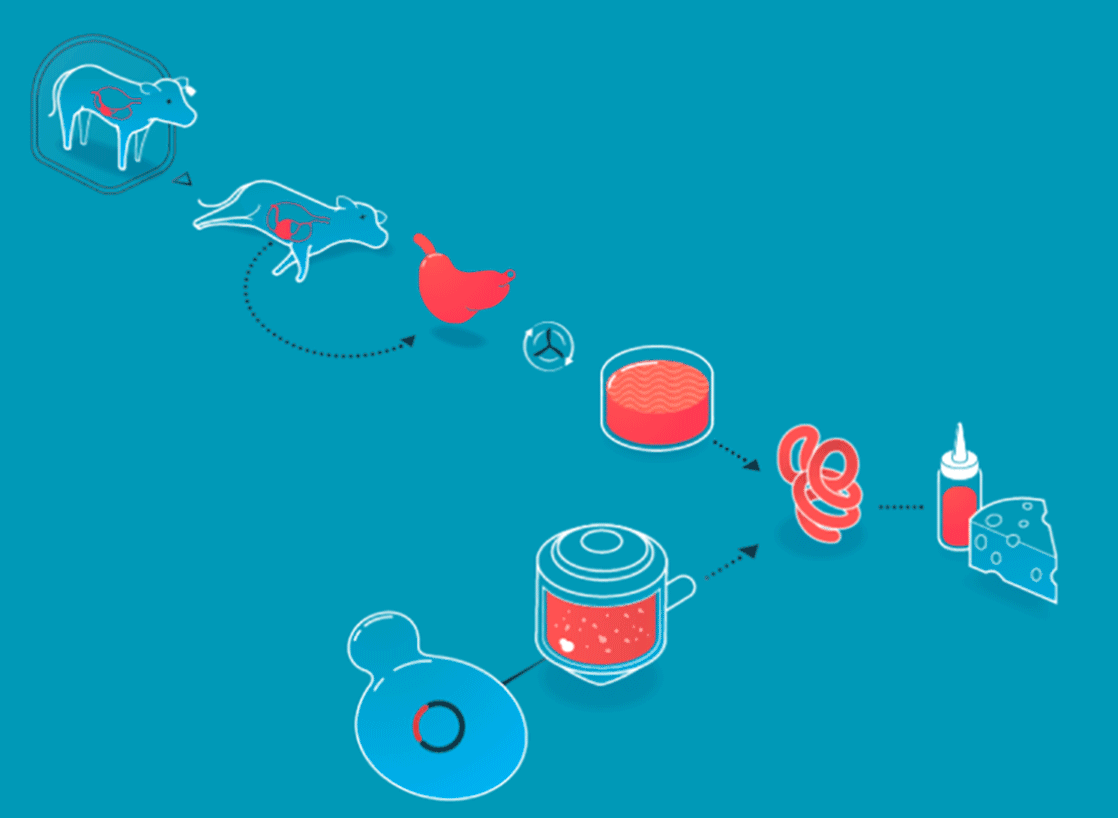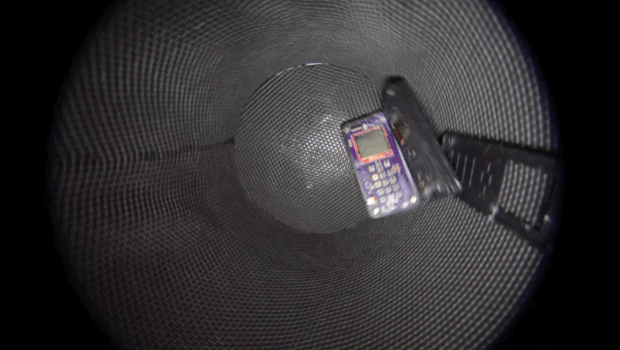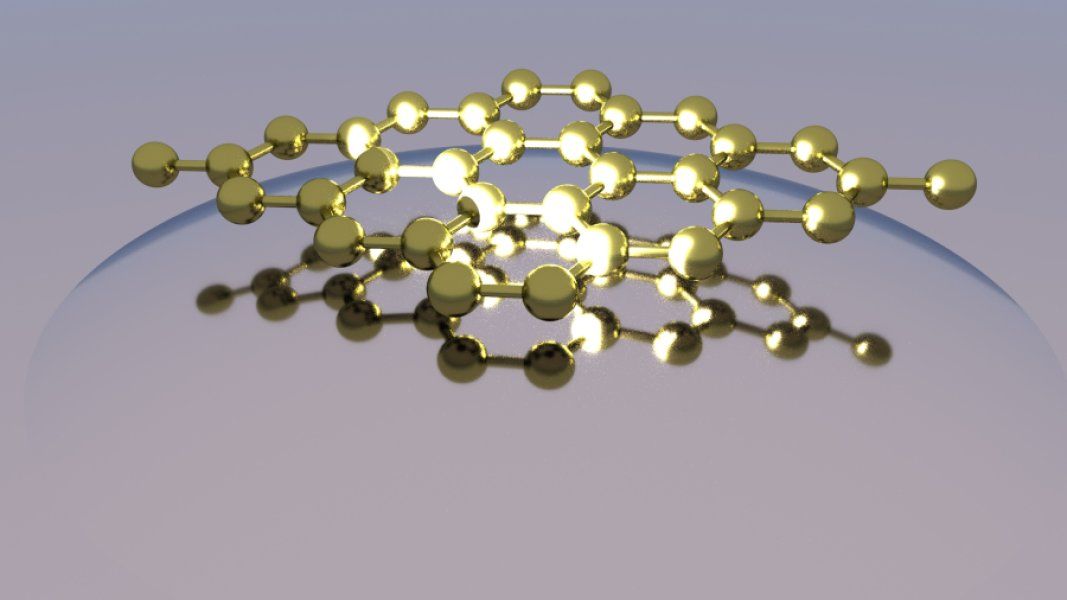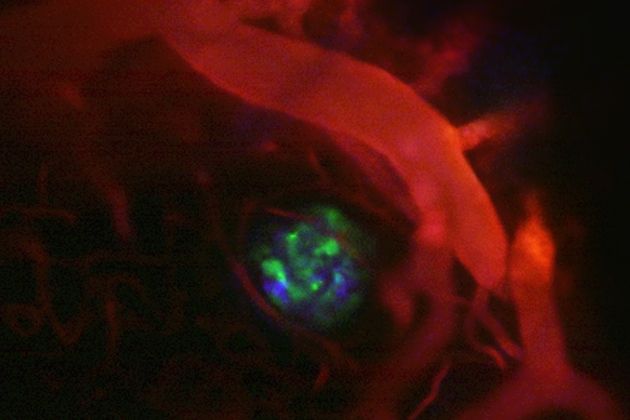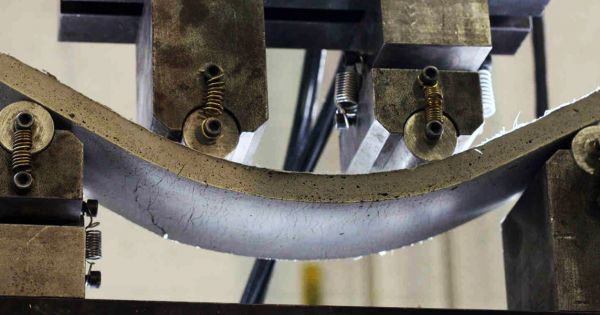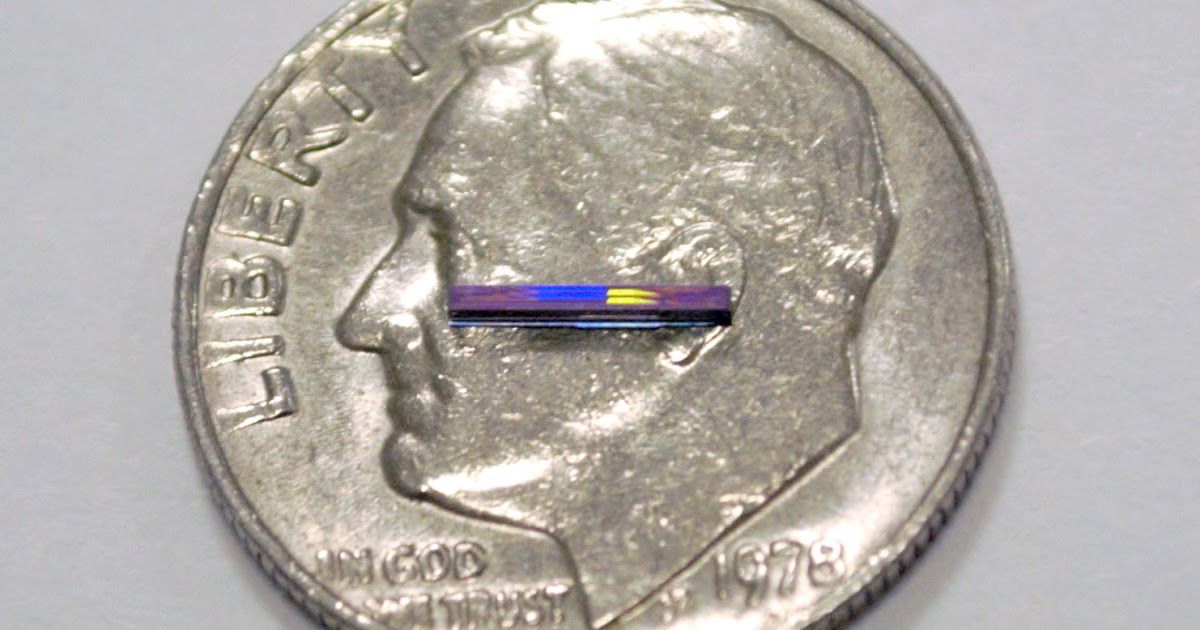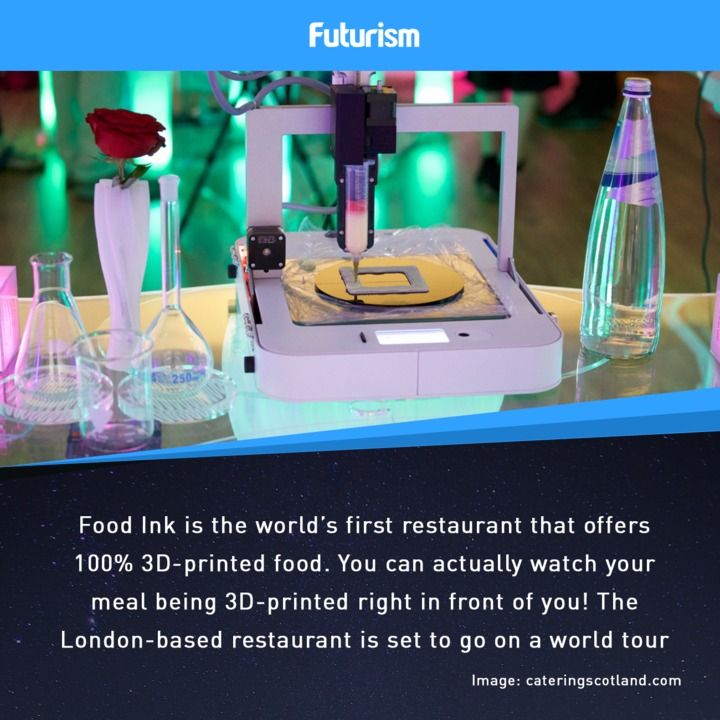Aug 22, 2016
Cellular agriculture: a way to feed tomorrow’s Smart City?
Posted by Karen Hurst in categories: food, space
New way to farming.
Cellular agriculture enables production of animal protein without the need to raise and manage livestock. This is an alternative which could help meet the challenges facing the agricultural sector, given the need to produce more food because of demographic changes and growing urbanisation.
The world’s population is increasing inexorably. According to the United Nations, the planet will play host to 9.7 billion inhabitants by 2050 and and cities and towns will be accommodating the majority of the population. Back in 1960, city dwellers accounted for 34% of the world’s population, but this figure had risen to 54% by 2014 and the number of people living in cities is expected to rise by 2% per year on average until 2030. These two billion extra mouths to feed and the concentration of people in urban areas means that the entire food production and distribution chain will have to be re-thought.
Continue reading “Cellular agriculture: a way to feed tomorrow’s Smart City?” »
